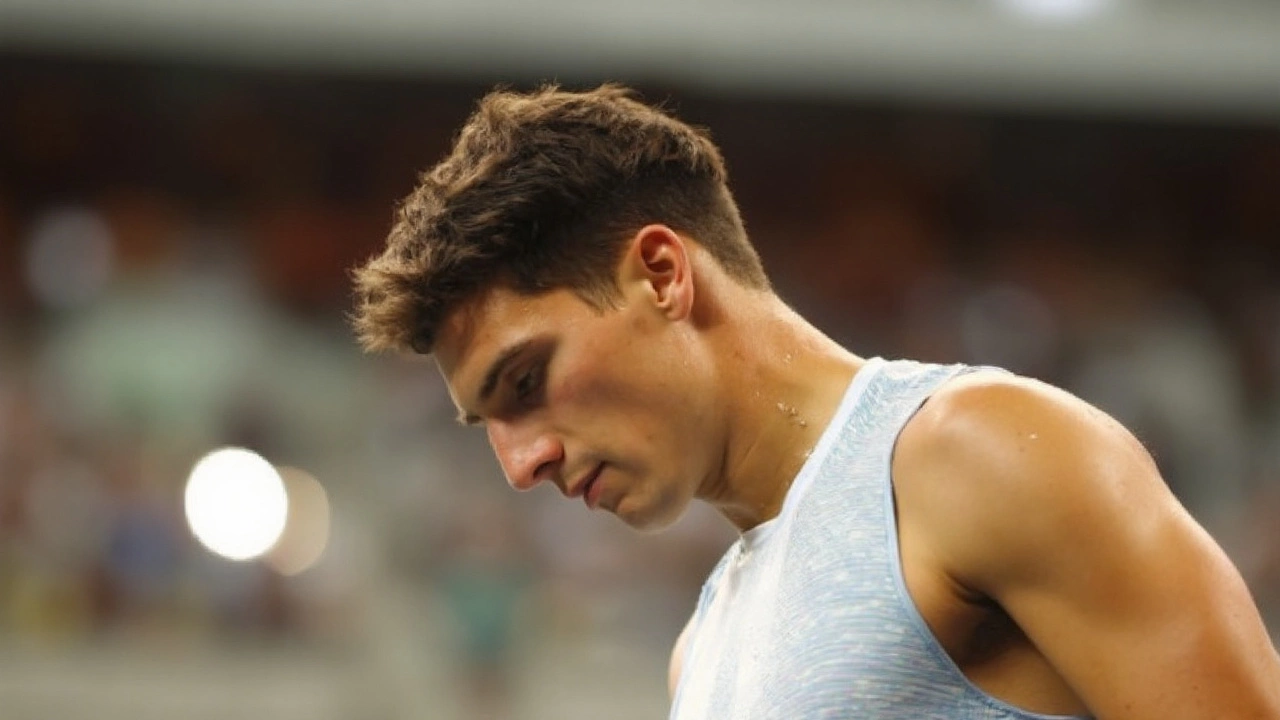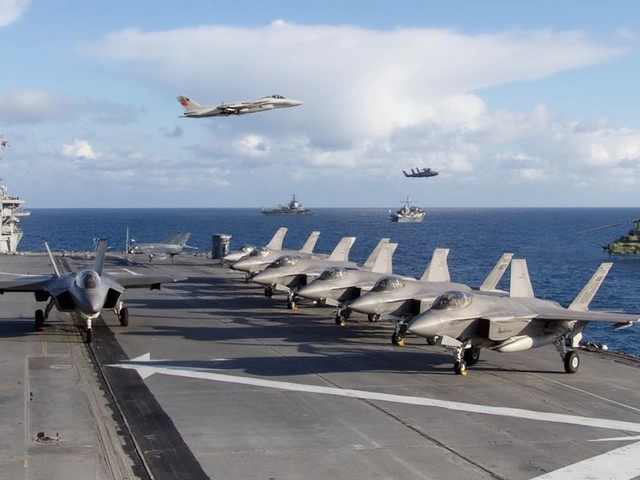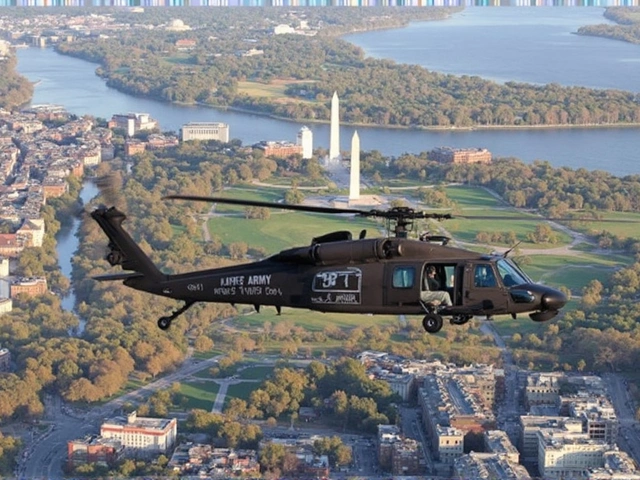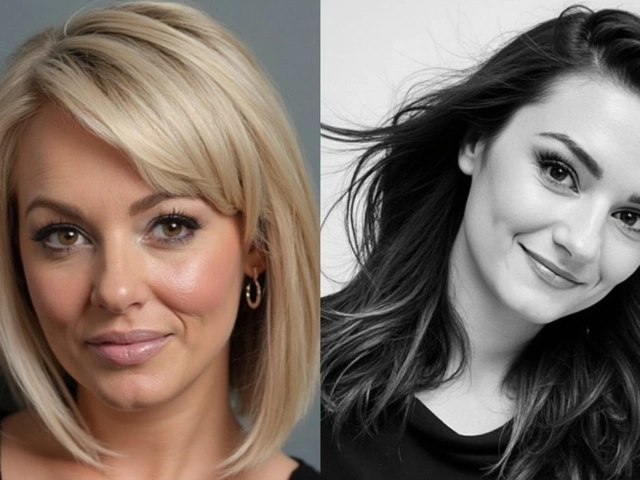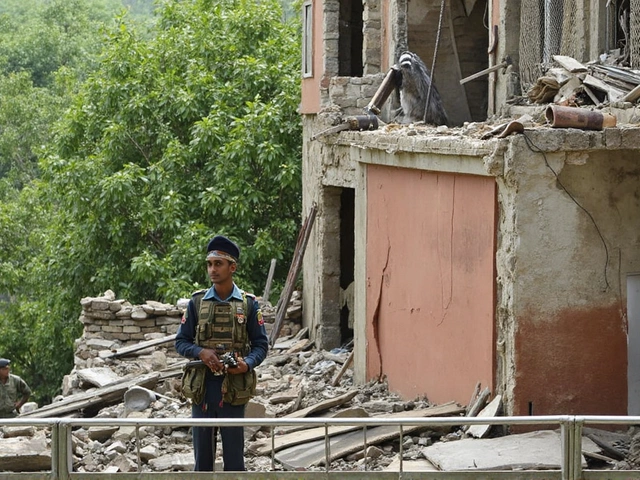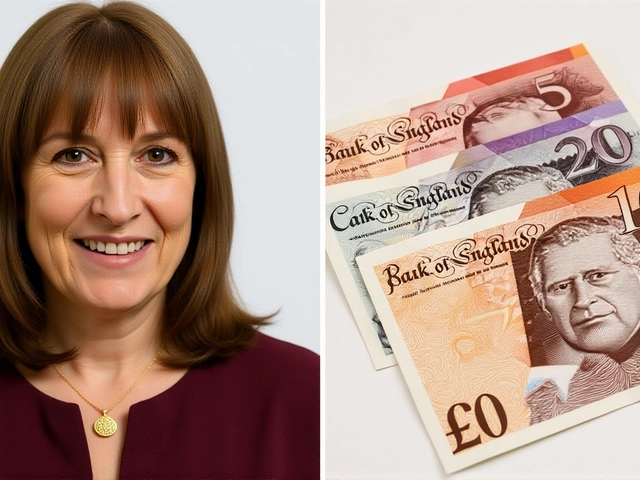A first retirement that stung
It took two hours and 45 minutes of hard, high-wire tennis in Queens for something that had never happened to finally happen: Ben Shelton stopped. The 22-year-old American, who built a reputation on adrenaline, power, and playing through the noise, retired from his US Open third-round match on Friday, August 29, 2025, against 37-year-old French veteran Adrian Mannarino with a left-shoulder issue. It was the first retirement of his pro career, and it clearly hurt more than the injury.
“I never retired before,” he told reporters, explaining he isn’t the sort to quit if there’s any chance to finish. He meant it. The match was tight and trending his way when the pain grabbed, a cruel twist after a long stretch of momentum. Late in the fourth set, as Mannarino served, Shelton reached for his left side—his serving arm—then called for a medical timeout. He tried to play on. A few points later, the shoulder said no.
What followed was an odd scene even for tennis. As Shelton stepped off court again and conferred with his team, Mannarino wasn’t even standing on the baseline. “First time winning the match from the toilets,” the Frenchman quipped afterward, acknowledging the strange finish. He didn’t celebrate. “When he started to have pain, he was leading. Honestly, he probably would have won that match,” he said, calling his passage to the next round fortunate and wishing Shelton a quick recovery.
The call to stop came from the person who knows Shelton’s threshold better than anyone: his father and coach, Bryan Shelton. A former ATP pro and a national championship-winning college coach, Bryan signaled from the player box that enough was enough. The message was plain—live to fight the next tournament. Minutes later, the retirement was official at the USTA Billie Jean King National Tennis Center, and the stadium’s buzz shifted from anticipation to a low murmur of sympathy.
For the American, the timing was rough in every sense. The summer hard-court swing is where his game—huge lefty serve, explosive forehand, fearless returns—usually plays up. He refused to spiral. He talked instead about perspective, about the “blessings” of a fast climb and a strong support system. The edge in his voice, though, gave away how much the moment stung.
This was always going to be a gritty matchup. Mannarino’s game, flat as a table and skidding off the court, forces big hitters to bend, stretch, and swing from uncomfortable spots. The Frenchman loves to pull timing out of rhythm. Shelton, whose breakout included a 2023 US Open semifinal run that lit up Arthur Ashe, has learned to ride those tactical traps with patience. Until the shoulder flared, he was doing just that, mixing pace, working in kick and slice, and taking more returns on the rise than he did as a rookie.
Then came the telltale twinge. For a left-hander, the serving shoulder is the engine of everything: first strike, plus-one forehand, the whole point pattern. Once pain sets in, every toss becomes a question mark. The medical timeout was standard—the tour allows evaluation and treatment—but the calculus afterward was new for Shelton. Push through and risk something worse, or stop and reset. Bryan made the call most pros’ teams make when the dominant shoulder is involved: live with a frustrating day to avoid a lost month.
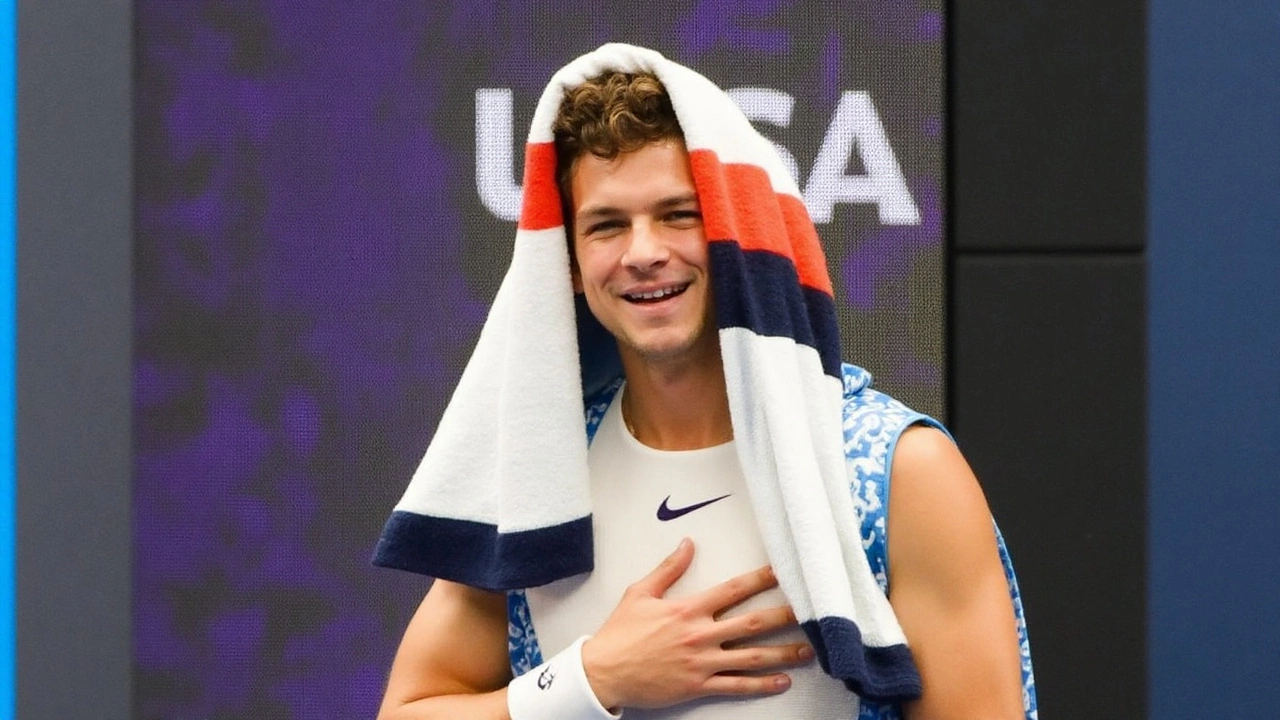
What the shoulder means—and what comes next
Tennis shoulders carry heavy loads. Serving can put forces through the joint that rival elite baseball pitchers, and match conditions—sticky late-summer humidity in New York, long deuce games, repeated overhead motions—stack the strain. The usual culprits range from rotator cuff irritation to biceps tendon soreness and impingement from thousands of serves and forehands. Most of those are manageable with rest, manual therapy, and a slow reloading plan. The red lines are loss of strength, sharp pain on contact, or altered mechanics that force compensations elsewhere.
Shelton’s team will likely run the standard playbook: imaging if needed, inflammation control, mobility work, and gradual strength progression before any return-to-serve build. You’ll often see players start with abbreviated motions, partial tosses, and low-volume sessions before working back to full pace and match reps. Timelines vary by diagnosis and by how cautious a team wants to be. Given his age and upside, erring on caution makes sense.
There’s also the calendar to weigh. The US Open runs through September 7. After New York, the schedule flows into Davis Cup group play and the fall Asia swing, then European indoors. If the shoulder quiets quickly, those weeks offer options. If it needs time, the smart move is to bank health for the stretch run rather than chase a few extra ranking points while sore. Shelton sounded like a player who gets that.
This moment also says a lot about how the Shelton camp operates. Bryan left a stable college post to guide his son through a volatile early pro career. That partnership paid off fast—titles, top-tier wins, and a rapid climb fueled by a serve few can match. Making him stop wasn’t a popularity play; it was a protection play from someone who knows the trade-off between grit and risk.
For Mannarino, the advancement comes with mixed feelings, but it’s still a ticket to the next round. The 37-year-old has built a late-career surge on court craft and economy—no wasted motion, no needless muscle. That style often ages well. He’s a master at taking pace off a ball and giving it back dead-flat, a nightmare for those who rely on rhythm. He didn’t need extra games or pounding rallies today, and in a fortnight that can mean fresher legs when it matters.
On the American side of the draw, Shelton’s exit is a gut punch but not a derailment of the bigger story. He’s part of a wave of U.S. men giving Ashe a sound it hasn’t had in a while: big-match belief. When healthy, he brings sting to second weeks, and the locker room knows it. No one in his camp is treating this as anything more than an interruption.
Beyond the headlines, days like this spotlight an uncomfortable truth about the sport: availability is a skill. The best teams track every load—number of serves, intensity of practice sessions, quality of sleep after night matches—and adjust on the fly. Wear and tear isn’t just about volume; it’s about the timing of that volume. A three-setter on a cool afternoon feels different from a four-set grinder in humidity, and how a shoulder responds the next morning often tells the story. Shelton’s decision, backed by Bryan’s signal, was about protecting tomorrow’s serve more than winning today’s point.
There’s also the personal layer. Players hate retiring because it feels like surrender, even when it’s smart. Shelton’s words made that clear. But he also sounded like someone who’s already processed the bottom line: you don’t waste your best weapon to win a single skirmish. You preserve it to win the campaign.
As the tournament rolls on without him, there will be questions—how fast the shoulder settles, how quickly he can rebuild full-speed reps, whether he targets team events or saves it for the fall. Those answers will come from the training room more than the press room. What’s certain is that his ceiling didn’t move because of one retirement. The serve will be back. The swagger will be back. And the next time a match turns on a knife’s edge, he’ll be there to push it over.
For Mannarino, the task is simpler: recover, prepare, and keep doing what his game does—steal time, steal rhythm, and make opponents hit one extra awkward ball. For Shelton, the task is smarter: heal, calibrate, and return with the shoulder ready for another New York night when the noise gets loud and the radar gun clicks past the numbers that made him a star in the first place.
